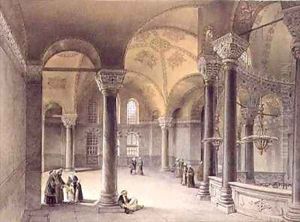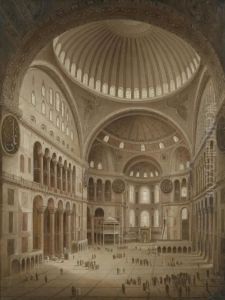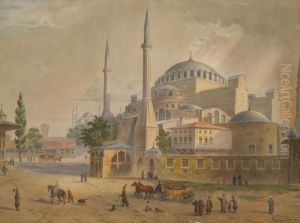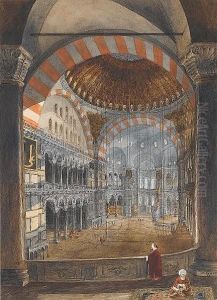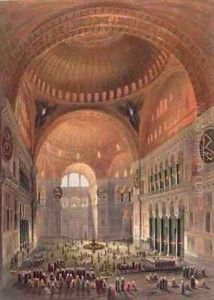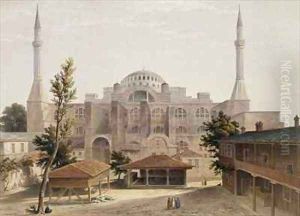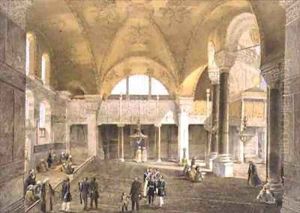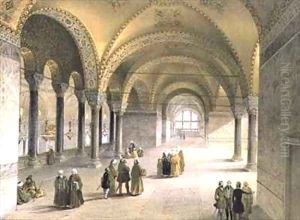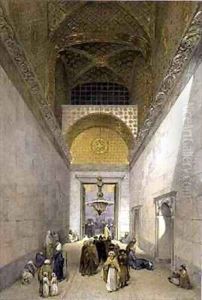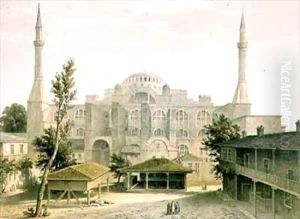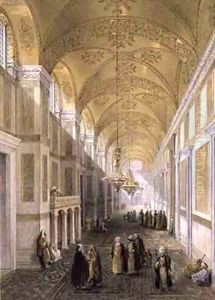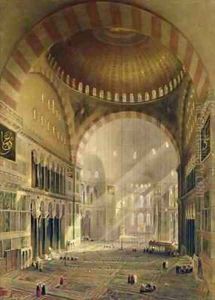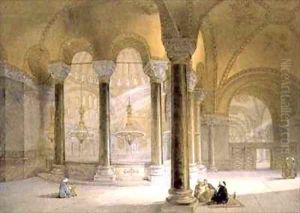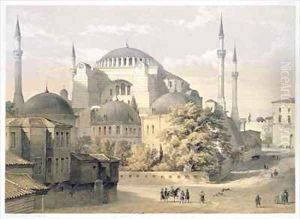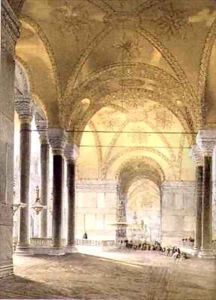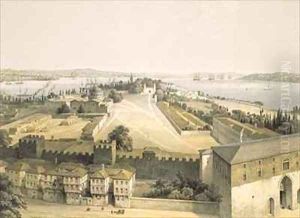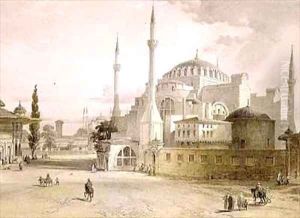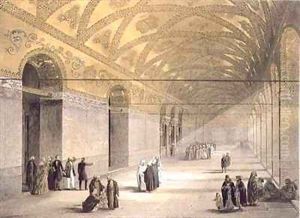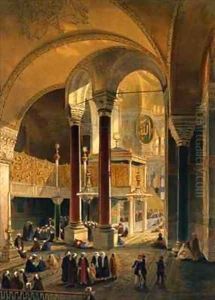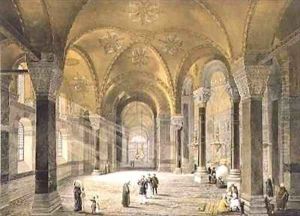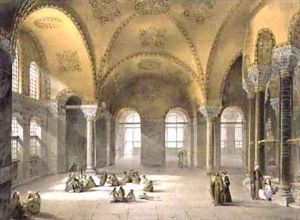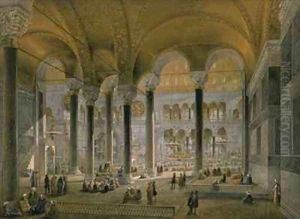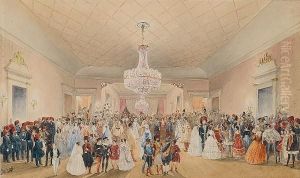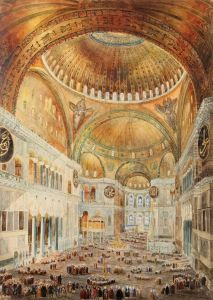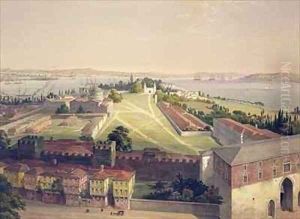Gaspard Fossati Paintings
Gaspard Fossati was a Swiss architect born on July 31, 1809, in Lugano, Switzerland. Along with his brother Giuseppe Fossati, he is well-remembered for his work in the Ottoman Empire during the 19th century. The Fossati brothers were among the many European architects who were invited to the Ottoman Empire to contribute to the modernization efforts of the empire's architecture and infrastructure.
Gaspard studied architecture in Italy before moving to Turkey. In 1847, the Fossati brothers were commissioned by Sultan Abdülmecid I to carry out a comprehensive restoration of the Hagia Sophia in Istanbul, which at that time was functioning as a mosque. Their work lasted for two years, and during the restoration, they meticulously documented the building's mosaics and architecture, some of which were later covered up again due to Islamic laws against figurative imagery.
Beyond their work on the Hagia Sophia, the Fossati brothers designed and oversaw the construction of various buildings, including palaces, public buildings, and churches in the Ottoman capital. Their architectural style often blended Western elements with traditional Ottoman and Byzantine designs, which contributed to the eclectic nature of 19th-century Ottoman architecture.
Gaspard Fossati's contribution to the field of architecture extends beyond his construction work. His documentation and drawings of Ottoman architecture are invaluable to historians and helped preserve the knowledge of many aspects of the empire's architectural heritage that might otherwise have been lost.
Gaspard Fossati died on June 5, 1883, in Lugano. His legacy, particularly the restoration of the Hagia Sophia, is regarded as a significant chapter in the history of architectural conservation and East-West cultural exchange during the Ottoman period.
